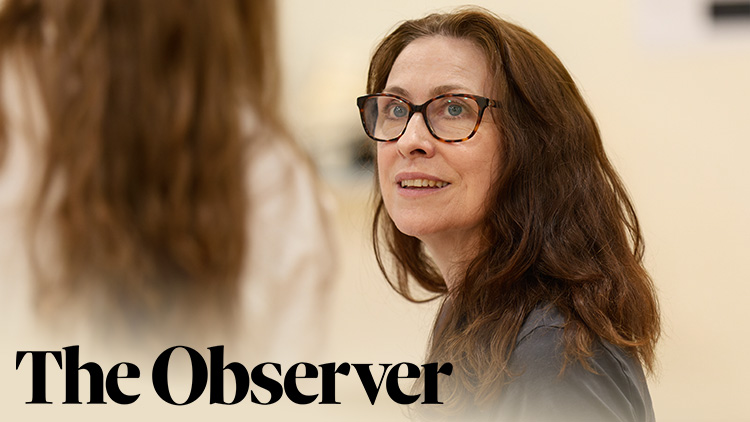STELLA FEEHILY FOR THE OBSERVER
Posted on 2 September 2024.
Posted in: Announcements

Hear from Stella Feehily in The Observer - click below to read the full article.
Eighty-five years ago, several dozen eminent astronomers posed for a photograph outside the newly constructed McDonald Observatory near Fort Davis in Texas. All were men – with one exception. Half-concealed by a man in front of her, the face of a solitary woman can just be made out in the grainy black and white image.
This is Cecilia Payne-Gaposchkin, whose impact on our understanding of the cosmos was profound. She showed stars were primarily made of hydrogen and helium, contradicting the scientific orthodoxy of the 1920s, which held that they were made of an array of elements. Her claims were suppressed and her work obscured, like her image on the McDonald Observatory photograph.
In the end, the ideas of Payne-Gaposchkin – who was born in Britain and married a Russian scientist, Sergei Gaposchkin – prevailed, though not without considerable opposition from male colleagues, as revealed in a new play, The Lightest Element, by Stella Feehily, opening this week at the Hampstead Theatre.
“Essentially she was up against a men’s club,” says Feehilly. “Astronomers, virtually all of them male, all agreed that the stars and the universe must be made of the same elements as we find on Earth. Being a woman and outside the group, she was free to be more radical in her thinking. She was right and they were wrong. The cosmos is 98% hydrogen and helium.”
BOOK THE LIGHTEST ELEMENT HERE
